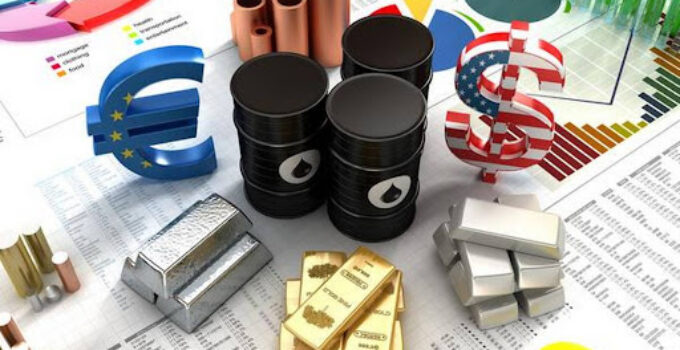Commodities are intrinsic to the success of manufacturing, commerce, and almost every aspect of our daily lives. As these raw materials can be changed into many different things and help grow nearly every industry, they are very valuable.
Because of this value, many believe that investing in commodities for the future is a safer option than other types of investments. Many pessimists predict the collapse of financial affairs as we know them in the future, touting commodities as the future currency of trade. Those without any tradable commodities in the future may be unable to buy or sell.
While this view is improbable, investing in commodities may still be a good idea as they can provide significant returns. If you’d like to invest in commodities, the following are some of the most prominent ones that could help you boost your portfolio down the road.
Page Contents
Gold
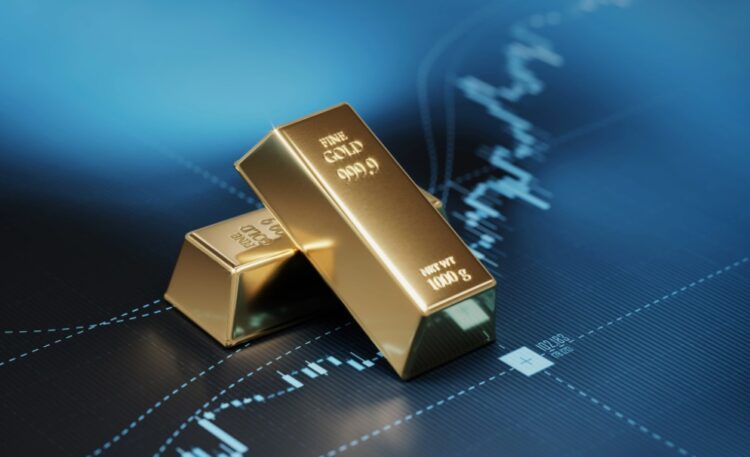
Source: seekingalpha.com
Gold is one of the best-known commodities in the world. Mined in many regions, the precious metal has been a measure of value for centuries and is still considered one of the safest investments anyone can make. It is known to hold its value even during economic downturns.
This resilience in the face of economic factors has made the commodity a strong protector against inflation. The fact that it is rare has also helped it gain status as a sought-after option not only in investment but also as a status symbol and as a measure of opulence, explaining its wide use in the architecture of places like casinos and temples.
However, the commodity comes with a risk: its price can be volatile. Furthermore, it can be challenging to store and transport gold because of its coveted nature, making it a prime target for criminals. To offset this risk, the commodity is highly accessible and sold as jewelry, coins, bullion, and through investment markets.
Silver
Like gold, silver has been a trading commodity for centuries. It is also mined in many countries but is more readily available than gold, making it slightly more affordable to invest in.
While the price of silver can also be volatile, this is mostly due to its use in various industrial cases such as solar panels and electronics. The usability of the precious metal makes it more valuable but also causes sharp price increases and decreases depending on industry demand.
Owning silver can predominantly be achieved through purchasing jewelry, with over 18% of silver mined in 2022 going to this industry. It is also accessible through coins, bullion purchases, and ETFs (exchange-traded funds).
Crude Oil
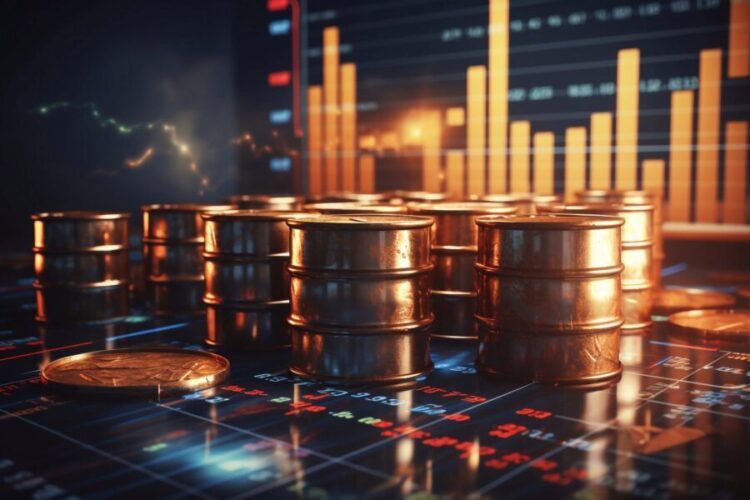
Source: viewpointinvestment.ca
Crude oil is one of the most volatile and profitable commodities to invest in. Pumped up from below the earth’s surface, it is used in countless industries to produce gasoline, diesel, and various other petroleum-based products, such as plastics.
While crude oil commonly holds its worth due to a constant global demand that is unlikely to taper off despite the rise of innovations like electric vehicles, it can be incredibly volatile. This volatility can occur during times of geopolitical tensions, changes in global economic conditions, or when large producers limit supply.
Investing in oil is not as simple as investing in other commodities. Most investors can only gain crude oil stocks through investment in energy companies, via ETFs, or through futures contracts. This inaccessibility makes oil less common as a regular commodity, with investment in it mostly provided through corporations or governments.
Natural Gas
Similar to crude oil, natural gas is a fossil fuel pumped from below ground. It is widely used to heat residential dwellings, generate electricity, and power industrial processes. It is also growing in adoption as it is a greener alternative to coal and oil.
This adoption and estimated future growth in demand have helped natural gas become a valuable commodity. Like others, however, it can be volatile, with pricing affected by weather and conditions during extraction and economic climates in gas-producing regions.
Another hurdle to investing in natural gas is its accessibility. Despite growing demand, this commodity can only commonly be invested in through ETFs, futures contracts, and energy corporations that deal with it.
Copper
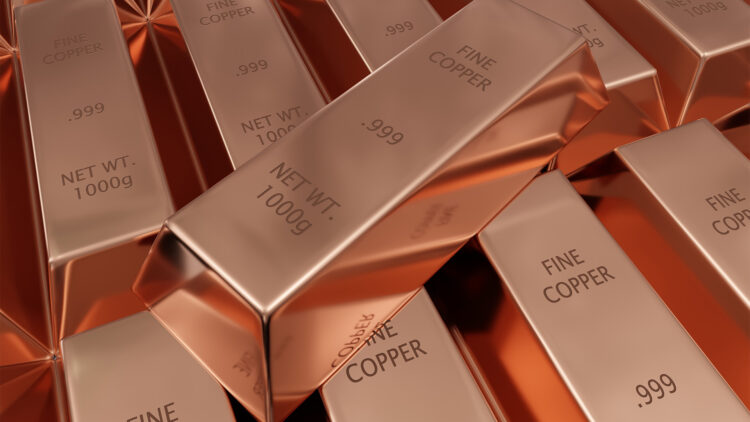
Source: sharecafe.com.au
Around 9,000 BC, copper was discovered as a chemical element that has a huge number of uses in everyday life. From electronics and wiring to plumbing, metal is also an irreplaceable material in renewable energy sources like solar.
Because of its varied uses, copper has had an almost continuous increase in demand, leading to a high value worth investing in. This value is commonly protected because it is mostly used only in industry, but it suffers some volatility due to economic climates and industrial demand.
Despite copper being readily available for purchase at any hardware or plumbing store, significant investment can only be made through futures contracts, ETFs, or by investing in a mining company that extracts it from the earth.
Lithium
Although commonly used for decades, lithium has experienced incredible spikes in demand over recent years. These spikes have been driven by the rise of electric vehicles and renewable energy solutions that require lithium storage.
This heightened demand has raised the commodity’s value significantly. Despite estimates that global demand will surpass supply, recent slowdowns in some industries have made the price of the metal fall—showcasing its volatility.
Further driving lithium’s value higher is that it is only mined in specific countries, and its market is relatively young compared to other commodities. Investing in the chemical can also only be done through ETFs and mining companies that extract the metal.
Agricultural
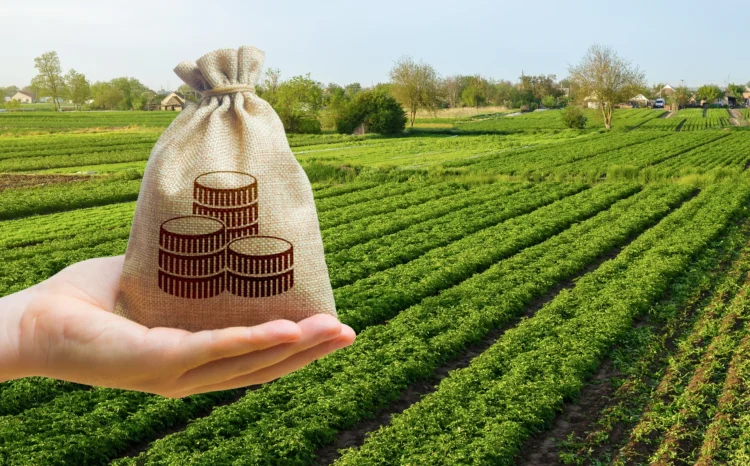
Source: invest4land.com
The final commodity worth investing in is agricultural commodities, including grains like corn, wheat, soybeans, livestock, and other grown items like coffee and cocoa. Because these are essential elements of diets worldwide, demand for agricultural commodities is unlikely to decrease, giving them relatively stable value.
Weather patterns, dietary trends, and population growth or contraction heavily influence these commodities, adding to their volatility. Other influences include crop diseases, which can significantly diminish supply, and government policies on how these can be traded.
These commodities are among the safest options. They can be accessed through ETFs, futures contracts, or by investing in companies operating in the agricultural market. However, unlike the other commodities mentioned above, their returns may not be as high.

